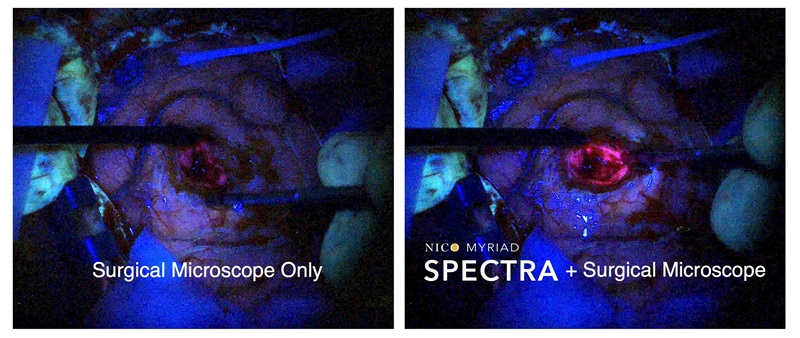Stent Graft Helps Keep Vascular Access Clear
By HospiMedica International staff writers
Posted on 04 Dec 2014
Using a stent graft may improve vascular access patency in dialysis patients who suffered stenosis in an original venous stent, according to a new study.Posted on 04 Dec 2014
Researchers at the University of Wisconsin (Madison, USA) enrolled 265 patients from 23 US sites who had in-stent restenotic lesions in the venous outflow of their vascular access, and randomized them to angioplasty alone, or angioplasty plus the the Fluency Plus endovascular stent graft, which can open blockages in previously placed stents on the venous side of the dialysis access circuit. The primary endpoints were superiority of access circuit primary patency through six months and safety through 30 days, and a secondary endpoint was postintervention lesion patency.

Image: The Fluency Plus endovascular stent graft (Photo courtesy of BARD Peripheral Vascular).
The results showed that the rates of access circuit primary patency were better over six months among patients who had a flexible stent graft placed inside the stenosed stent (16.7%) compared to those who did not (3%). Postintervention lesion patency was higher in the stent graft group (65.2% versus 10.4%, respectively), and remained true for patients whether they had an arteriovenous (AV) graft or a fistula. Freedom from binary restenosis at 90 days was also markedly higher in the stent graft group (81% versus 25%). The study was presented at Kidney Week, held during November 2014, in Philadelphia (PA, USA).
“We found that the stent graft is far superior to angioplasty alone, which was previously the standard of care,” said lead author and study presenter Alexander Yevzlin, MD. “This should change the first-line therapy for this disease state. It will reduce the frequency with which patients need to be treated for in-stent restenosis.”
The Fluency Plus endovascular stent graft, a product of BARD Peripheral Vascular (Tempe, AZ, USA), is intended for the treatment of in-stent restenotic peripheral and central lesions in patients with AV grafts and fistulae. The flexible metal stent is lined with expanded poly-tetrafluoroethylene (ePTFE), and is available in a broad range of implant diameters and lengths.
Related Links:
University of Wisconsin
BARD Peripheral Vascular












.jpg)

